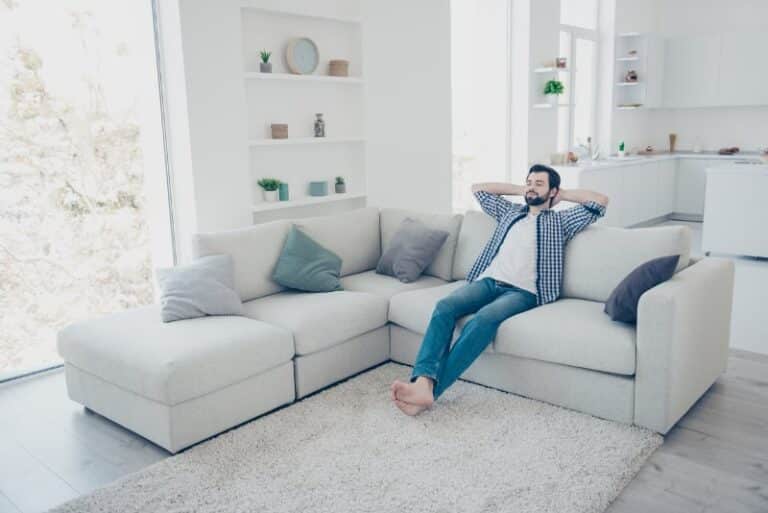Historically, the topic of ultraviolet (UV) light coincides with medicine, focusing on its use in curing certain skin diseases. However, with many people becoming more and more concerned with indoor air quality, UV lights are gaining popularity for purifying indoor air in Chelsea, AL. Read on to learn more about how UV lights purify the air.
What Is UV Light?
UV stands for UltraViolet light, the light spectrum closest to X-rays on the electromagnetic spectrum. People often refer to UV light as UV rays or simply UVA, UVB and UVC. UV rays are invisible to the human eye, but when you’re in the sun, your skin can pick up on them.
The light has a very short wavelength and can penetrate deep into the dermis layer of our skin. The UV spectrum consists of UVA, UVB, and UVC.
UVA is the weakest band and the most abundant, and it penetrates deeply into the skin. UVA is responsible for giving you a suntan or sunburn, which indicates damage to your skin cells.
UVA damages collagen fibers in our dermis layer of skin. This leads to wrinkles and premature aging. A good sunscreen will protect against UVA.
Ultraviolet light-B is a spectrum of energy primarily known for its effects on human skin — this type of light damages skin cells, resulting in various forms of cancer. However, while we see ultraviolet light-B as harmful to our health, many beneficial properties exist.
UVC rays don’t reach the earth because of the ozone layer. However, thanks to modern-day pollution and CFCs (chlorofluorocarbons), the ozone layer has been significantly compromised, allowing more than UVC rays (and some UVB rays) to reach the earth’s surface.
How UV Light Purifies Air
Most devices use germicidal lamps, which emit ultraviolet-C (UV-C) light. This germicidal lamp emits ultraviolet rays that quickly break down DNA molecules in a microbe’s genetic material into fragments, killing them.
In other words, when these microbes enter an environment with UV light, they absorb energy from it, which kills them. Since germs are pretty small, they must be constantly exposed to UV rays before enough damage eradicates them.
You’ll need to replace these UV-C lamps typically every year.
How Effective Are UV Air Purifiers?
Studies have shown that air purifiers with germicidal UV lamps can reduce the presence of airborne viruses. This means that they can significantly reduce the risk of contracting an infection compared to other air purification methods, such as filters.
UV lights also kill microbes found in the air, which reduces the risk of allergies and respiratory illnesses. UV air purifiers effectively eliminate bacteria and viruses. They do this without the use of chemicals.
Certain variables influence how effective your air purifier works in your home. These factors include:
- The amount of time that the cleaner is on – The cleaner will clean more air if left on for a more extended period.
- The volume of air forced through the purifier – A larger space with a higher flow rate means a higher level of cleanliness.
- Types of bacteria found in your home – Fortunately, UV lights kill most types of bacteria.
Dangers of UV Air Purifiers
The light emitted by germicidal UV lamps is harmful to humans when not filtered. It can lead to skin cancer, cataracts and other health problems. That’s why air purifiers with UV lamps have a glass shield or coating that prevents the light from escaping directly into the room.
Our Recommendation
We recommend using the highest-quality UV air purification systems in all of our custom-installed whole-house HVAC units in Chelsea, AL. Reach out to our expert team at Total Comfort Heating & Air LLC, and we’ll answer any of your questions regarding these types of products and all our other services.
Image provided by iStock





